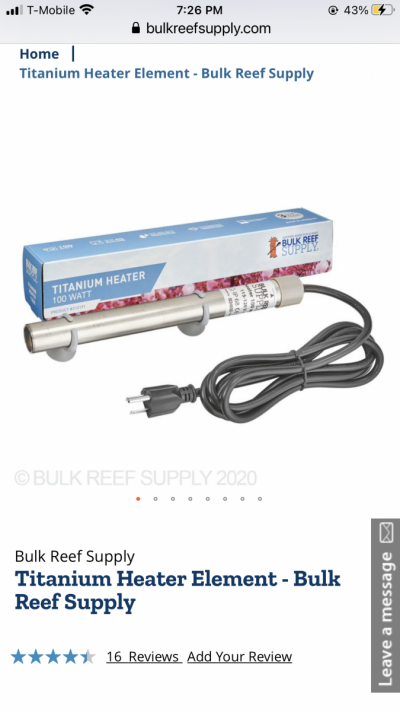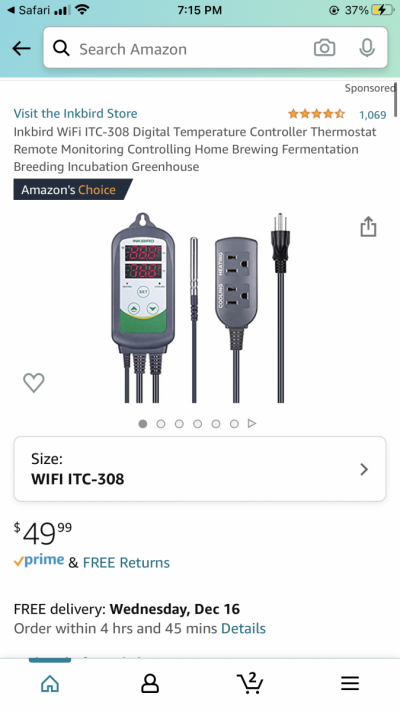Are these heaters BRS heaters any good in anyone’s experience. I’m setting up a 25g sps tank with a 10g sump and I would preferably have a finnex however the minimum (300w) is too big for my tank and I don’t wanna oversize on a heater. I’m going to purchase a ink bird controller for the heater does the ink bird act as a fail safe and automatically turn the heater off or does it just give an alarm to me?



















